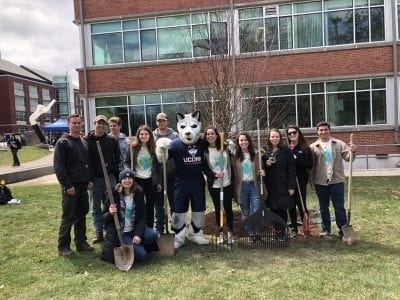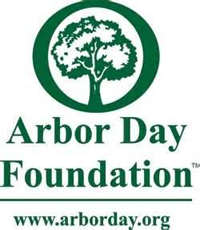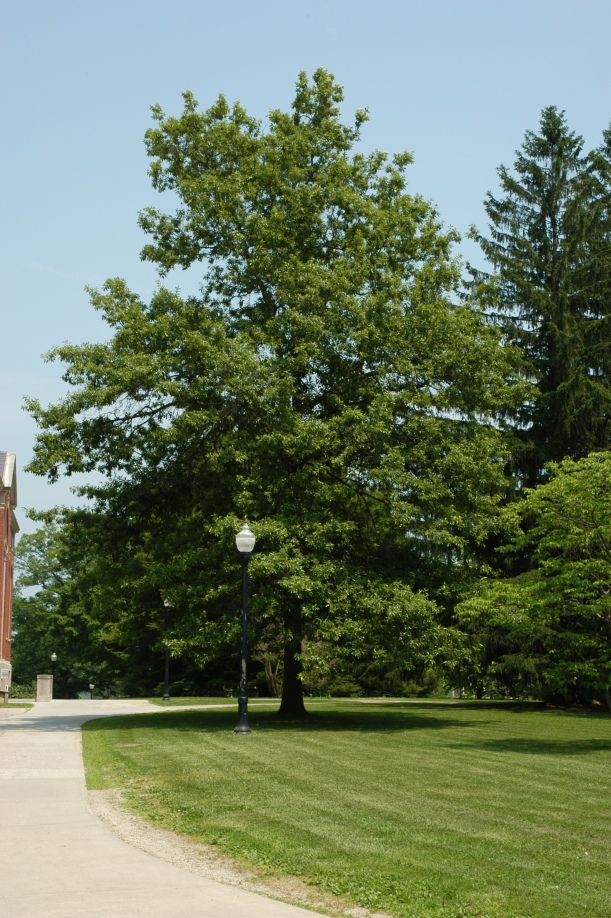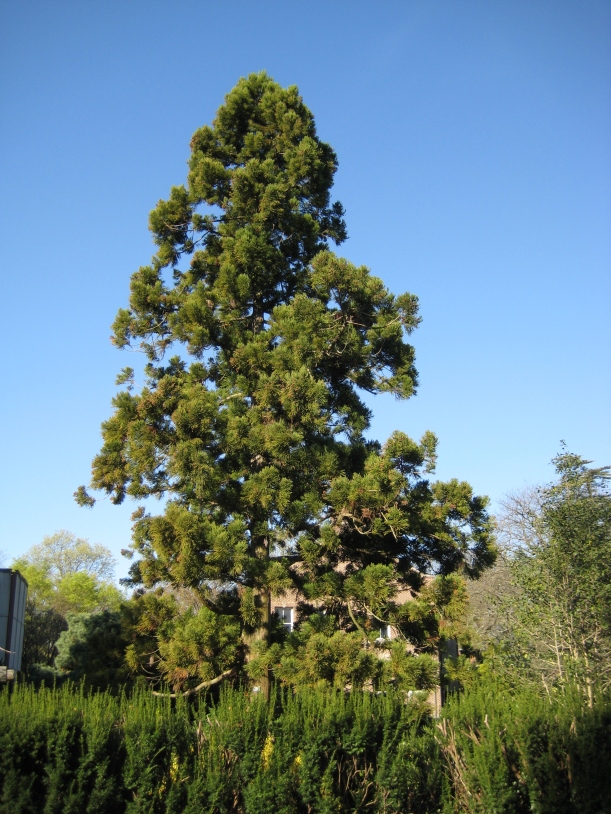This article was written by Richard Miller, Director of Environmental Policy. It also appeared in the Daily Campus on April 19, 2018.
As the events of UConn’s Environmental Metanoia continue to unfold this month, providing students with dozens of opportunities for learning, reflecting and talking about issues like solar power, water quality, environmental justice and more, it’s fair to ask the question: “What is UConn doing to become a more sustainable campus?” After all, in creating the context for teaching and inspiring our students, it’s important for the University to be the change we want to see, by demonstrating best practices and green technologies that make the campus a “Living Laboratory” for a more sustainable future.
With that in mind, in early 2017, UConn’s President Susan Herbst endorsed a 2020 Vision for Campus Sustainability and Climate Leadership. This is a strategic plan with 20 precise goals and metrics for success. To achieve these goals, UConn will need to reduce its carbon footprint by 20 percent, compared to 2007, despite our growth since then. That will mean big reductions in the energy, water, and fuel we use, and the waste we generate.
Students, faculty and staff were involved in setting these 2020 goals, and in giving feedback, including at a student summit meeting last year, about strategies for accomplishing them. As a result of an inclusive University planning process that focused on a series of ambitious targets, we’ve already made progress! Here are a few of the 2020 goals achieved ahead of schedule:

- 100% of purchased electricity used at our regional campuses consists of renewable energy
- Daily potable water use at the main campus has decreased nearly 40% since 2005, despite a concurrent growth in enrollment of more than 20%
- 52% of our electronic purchases for items like computers, laptops and monitors are Gold-rated under the Electronic Product Environmental Assessment Tool (EPEAT) – up from 23% in 2016
- All eight dining halls in Storrs are Green Restaurant certified – making UConn the first public university in the nation to achieve this standard.
UConn’s commitment to sustainability is especially centered on understanding and addressing the social, economic, environmental, and public health issues surrounding climate change. Over the past three years, no other public university in the nation has engaged more undergraduate students than UConn has in the U.N.’s annual International Climate Summit and Conference of the Parties (COP), held in Paris, Marrakech and Bonn. UConn@COP is a nationally-acclaimed program aimed at developing future leaders in climate science and policy.
Last year, through President Herbst, UConn joined more than 2,300 members of a multi-sector “We Are Still In” coalition of American businesses, state and local governments, and universities, committed to continued pursuit of climate action goals set in the 2015 Paris Agreement. Strategic coalitions like this will help keep UConn on the crest of what the Environmental Defense Fund recently called “The 4th Wave of Environmentalism,” driven by technology and multi-sector efforts.
Policy commitments, together with specific operational goals and strategies for a more resource-efficient and lower-carbon campus, are helping UConn lead the way to a prosperous, clean technology future.







